





| Otiorhynchus sp. (Germar, 1822) |






|
|
Scientific name: Otiorhynchus sp. (Germar, 1822) Common name: French name: Otiorhynques Order: Coleoptera Family: Curculionidae Wingspan : About 4 to 15 mm for what I have found about species listed as present in France. Biotope: Various habitats depending on host plants whose roots larvae feed on. Geographic area: Observation period : April to December. |
Weevils of the Otiorhynchus genus have a short ovoid body, a broad and straight roster and long antennae inserted into scrobes. They are a dark brown to black colour. The elytra are welded together so Otiorhynchus sp. cannot fly. There are more than 900 species listed as present in Europe. To identify species you need to follow an identification key which first leads to a sub-genus and then continues with a key for this given sub-genus. These keys are based on many criteria as the general shape, the presence or lack of teeth on the femora, the length of the different articles of the funicle, the shape and density of the punctuation, etc. These insects are active during the night and cut out rounded notches on the edge of leaves. They walk back to the ground to hide during the day. The larvae grow under the ground and feed on the root of plants. They can cause important damages. |
| [To know more about the Otiorhynchus sp.] [Next picture] [Top] |
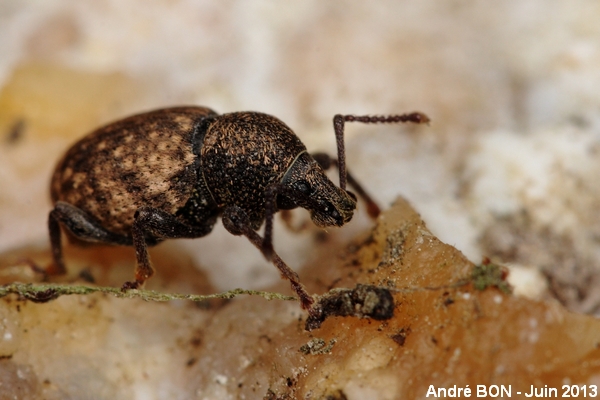
|
I was confident that, based on the quality of this series of pictures, I would be able to approach the identification of the species. In fact this is a little bit too complicated for me. I will just stay at the genus level. |
| [To know more about the Otiorhynchus sp.] [Next picture] [Previous picture] [Top] |
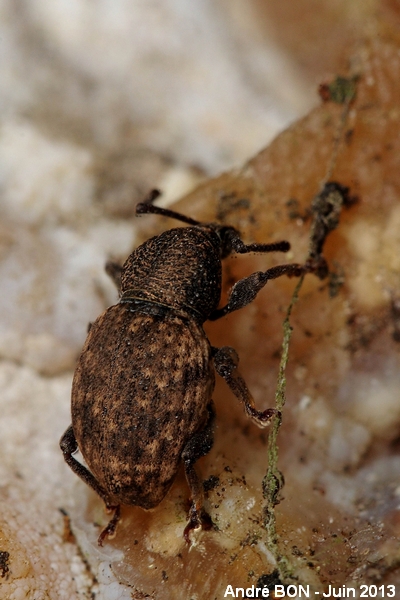
|
This picture provides a good view of the surface of the elytra. |
| [To know more about the Otiorhynchus sp.] [Next picture] [Previous picture] [Top] |
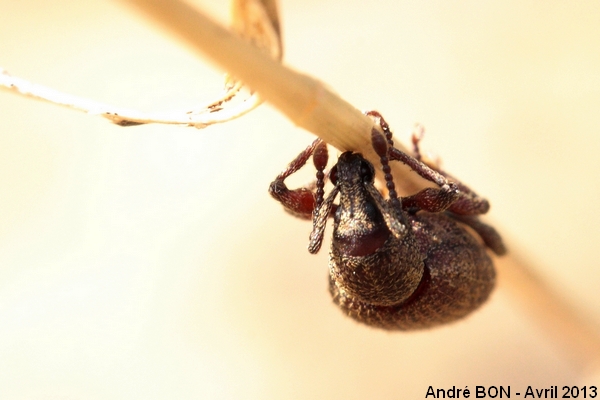
|
I have brought this Otiorhynchus sp., found among high grasses, inside the house to shoot pictures with different angles of view so that I have enough information to tell the species apart. Unfortunately, it moved too much and my pictures are not very good. So I just remained at the genus level on which I am rather confident and I have put back this insect to the place where it was collected. |
| [To know more about the Otiorhynchus sp.] [Next picture] [Previous picture] [Top] |
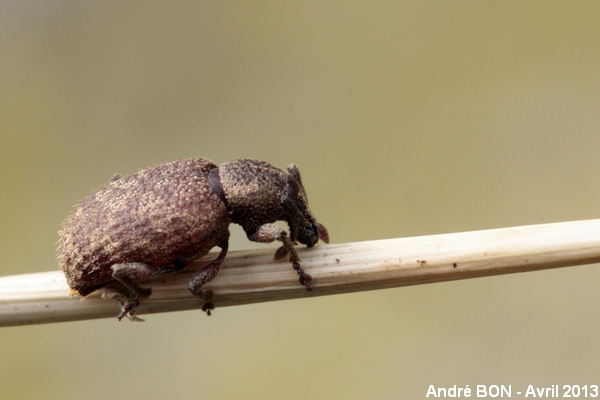
|
The colour, the general shape, the rounded scales make me think to Otiorhynchus (Metopiorrhynchus) veterator or Otiorhynchus (Metopiorrhynchus) singularis. But as already mentioned above, the pictures are not good enough, even to confirm the sub-genus. |
| [To know more about the Otiorhynchus sp.] [Next picture] [Previous picture] [Top] |
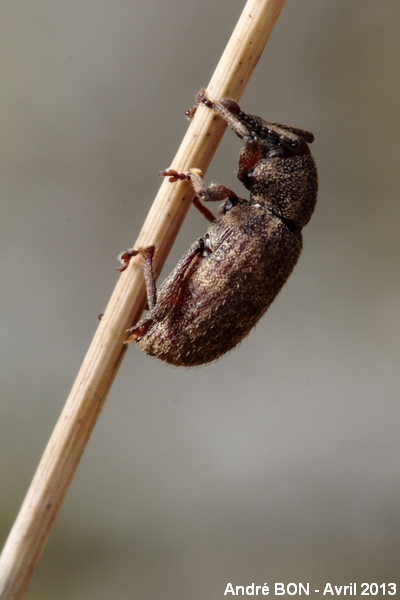
|
One last side view before going back among high grasses ... |
| [To know more about the Otiorhynchus sp.] [Previous picture] [Top] |
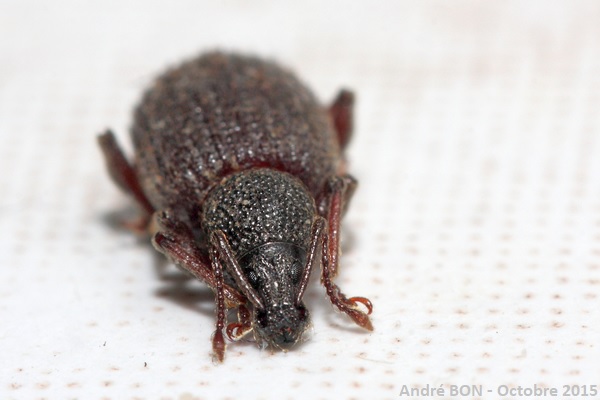
|
I just add a new photo which does not provide any important information. I really have to try, in the future, to photograph from all angles with good lighting. I need to at least tell the sub-genus. |